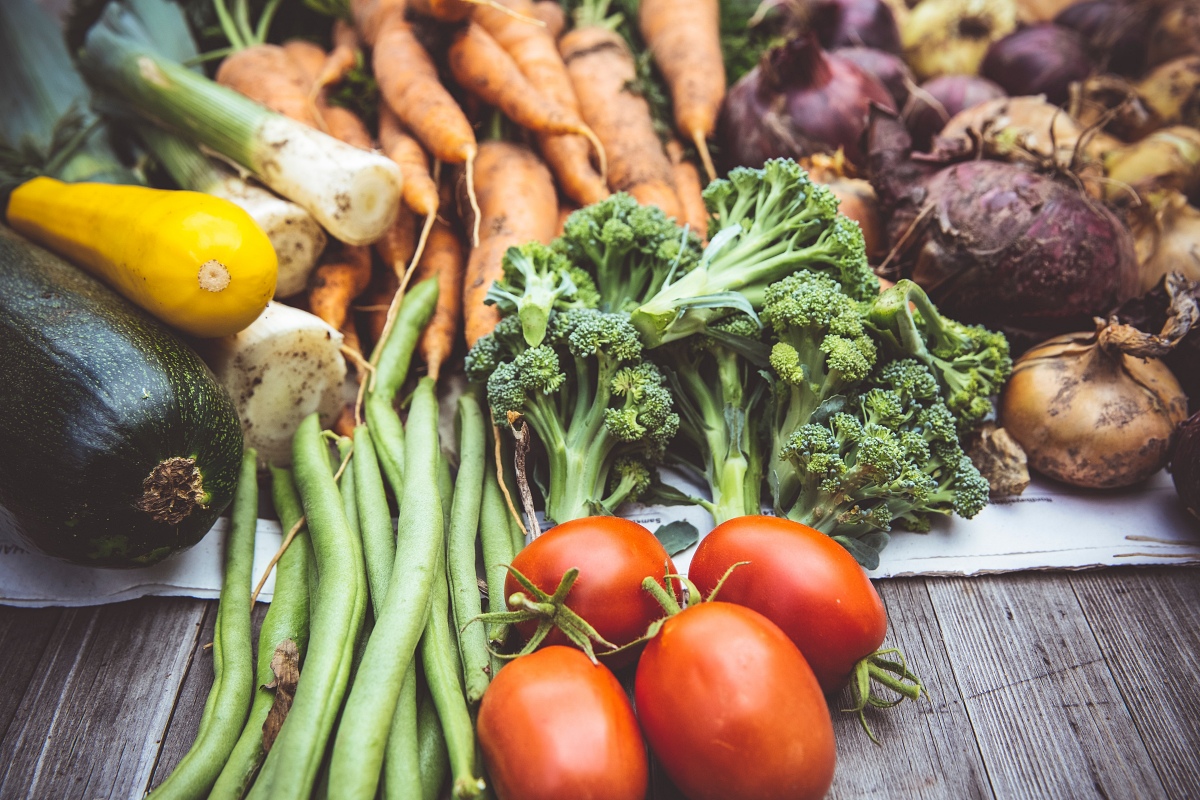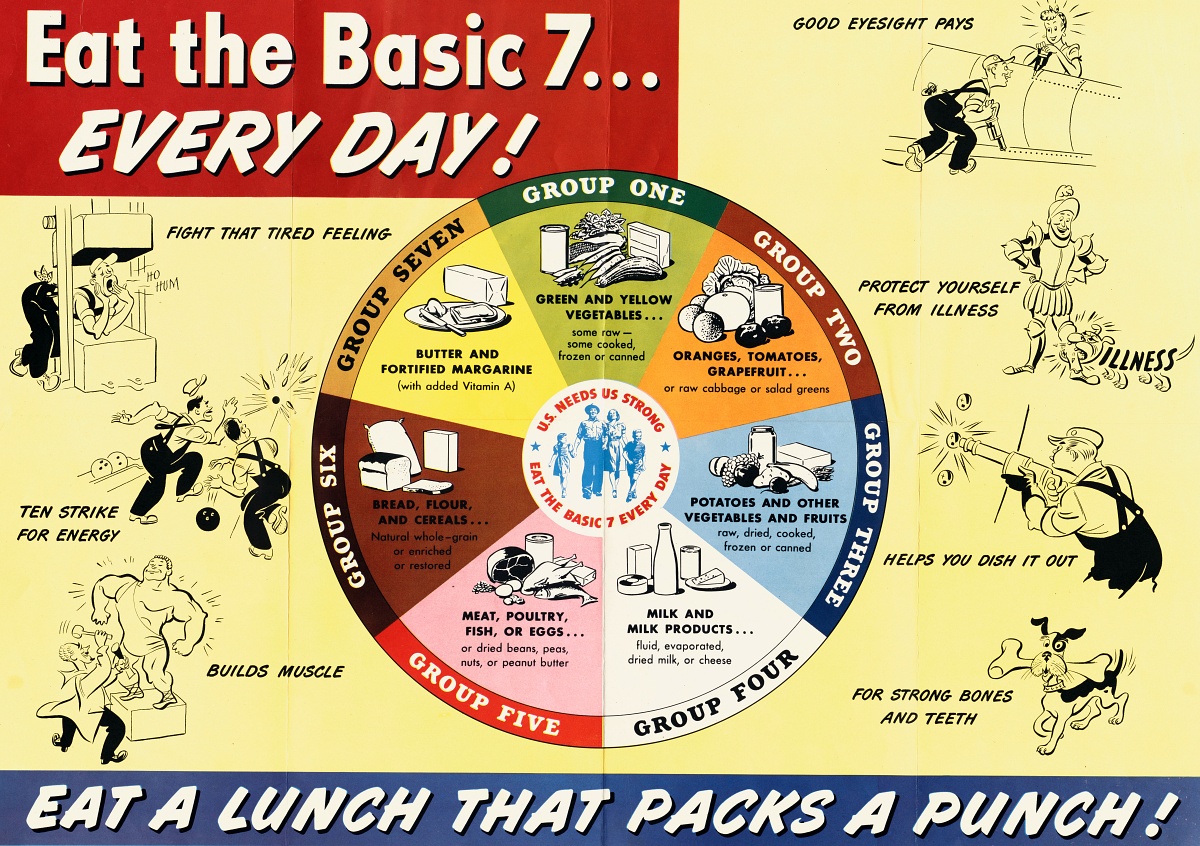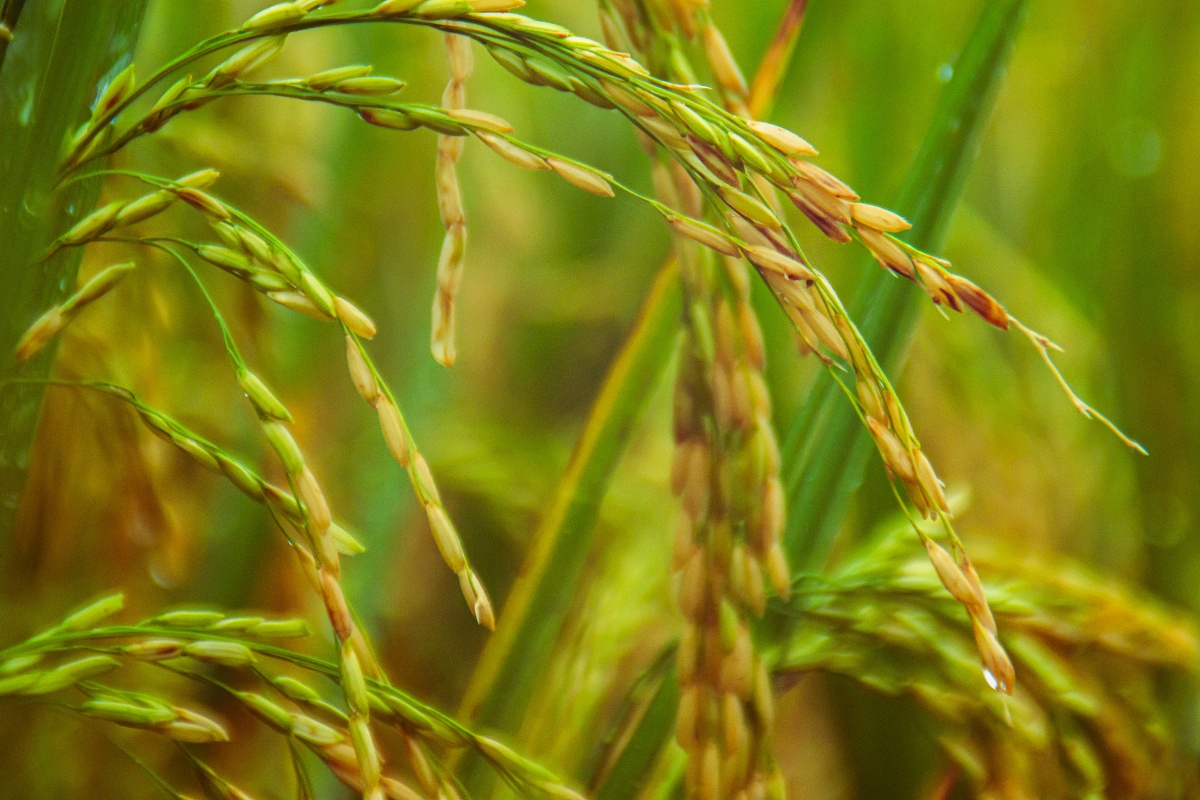Tastes change over time and so do nutrition charts and recommendations. But, one thing that hasn’t changed for the past 100 years is that the foundation of good eating lies in fresh produce. Even during the Great Depression and World War II, times when rich foods were favored, home gardens were expected to carry many households through the year and huge number of people lived on farms. Traditions of canning were also strong, making sure that those precious fruits and veggies could last the winter, too. Food guidelines created since the 1920s have focused on getting at least a few fruits and vegetables a day- if not more. But, new research suggests that most produce these days has less nutritional value than those same foods did decades ago. How did this happen?

Educational posters from World War II encouraged Americans to eat at least 1 of the “Basic 7” foods each day, 3 of which were intended to be fruits or vegetables. Since then the recommendations on fresh produce have gone way up- even as most people’s diets have have become increasingly filled with junk food and fast food. But, the nutrients that those 3 produce items provided in 1943 seem to have been higher than the same amount of produce today.
Our modern produce has largely been grown for attractiveness, size, and for shelf life to assist with shipping. How we live and farm today has a lot to do with why these varieties were selected.

One figure puts the number of people living on farms in the US right after WWII at around 50% of the total population. Now, only 1% live on farms and all that food has to be shipped further to markets, processing plants, and grocery stores- sometimes even internationally. Therefore, the varieties that might be the tastiest or most nutritious will lose out to ones that can ripen in the warehouse or on the delivery truck, arriving at the supermarket ready to eat.
Because produce is no longer grown for taste in mind, some nutrients have increased over time, but many have decreased. Carrots have been bred to be a more intense shade of orange and therefore have more vitamin A than in previous generations. But, on the other side of the spectrum broccoli, which now holds up better to shipping than it did 50 years ago, has lower levels of calcium and magnesium.

More useable produce means overall higher yields and this means lower cost. Americans pay less for food than in most other countries and part of that comes down to those large, high-yield fruits and veggies that last a long time.
Dark, leafy greens are one of the few types of produce that is about as nutritious now as back in the post-war years. But, a 2004 study from researchers at University of Texas compared produce values from 1950 to 1999 and found that 43 different crops had “reliable declines” in key nutrients over that period.

Another issue with produce and crops is with the soil quality, which has been decreasing over the decades. Large monoculture farming has led to some of the same fields being cultivated with the same crops in successive years. By some accounts crops should be rotated each season to avoid nutrient loss to the soil. And, it’s not just fruits and veggies, but also grains that are decreasing in nutrients, too.
In 2019 a study of rice varieties showed that they are losing nutrients, but the proposed culprit in that study was not the soil. Instead it has been shown that CO2 levels also affect crops.
Of the 18 types of rice tested “consistent declines” of B vitamins, iron, protein, and zinc were shown over a period of years throughout various countries in Asia. Crops were grown with supplemental carbon dioxide to mimic the rising CO2 levels on Earth. These crops were then compared with non-supplemented crops in terms of nutrition. Carbon dioxide can make plants grow faster or larger, but this is at the expense of their total nutrient composition. Plants in this position will contain more starches and glucose and less protein, minerals, and vitamins.

So what can you do about this trend? Some might say there’s no point in eating fresh produce if it’s not even that nutritious, but these findings show that it’s all the more important to eat healthy. In order to ensure you’re getting a variety of vitamins and nutrients it’s best to follow the rainbow approach to eating, where you try to incorporate as many different colors of produce into your meals as possible. The dark blue of blueberries, the almost-black purple of eggplants, the brilliant red of strawberries, down to the paleness of butter lettuce or fresh pears can all play roles in the rainbow diet.
By diversifying your produce intake and getting at least 5 a day you will minimize the effects nutrient losses. Growing your own produce or shopping from farmer’s markets can also provide more nutritious food as fresher produce is usually more packed with vitamins and minerals. In the meantime there is some research going into engineering more nutritious varieties of some of the most durable and popular fruits and veggies being sold today.













